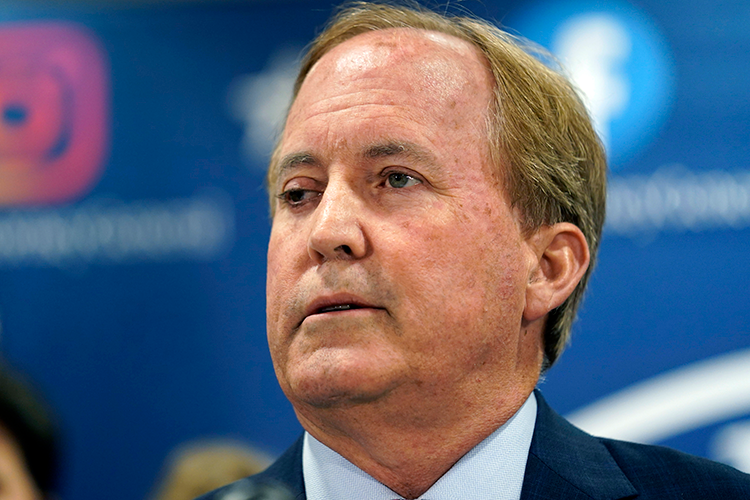Rethinking woodshedding: Trust clients and let them speak freely, but carefully, when testifying
How did the Fortune 500 CEO teach me this simple yet all-encompassing approach? For starters, he actually waited about 15 full seconds before answering my very first question: “Please state for the record your full name.” And thereafter, as my questions became more complex, he never deviated from the measured approach encompassed by the four simple rules. What he conveyed thereby was a consummate ease and careful thought before answering. He clearly demonstrated his unwillingness to be browbeaten into saying anything he did not intend to say and whose ramifications he had not thoroughly thought out.
The tactical advantage of those four simple rules is that any witness with a modicum of intellectual competence can’t forget them. Even a child can follow them. And even a sophisticated and frequent expert witness can make good use of them. Try them during your next witness preparation. The four rules make it easier to point out: “You didn’t really stop and think what your answer would be before you gave it, did you?”
GOING FURTHER
The four points also are susceptible to considerable embroidery, if doing so makes you more comfortable. For instance:
• Listen to the question also means be sure you have understood it. You are not obliged to, and indeed you must not, answer any question you are not sure you have understood. There is nothing wrong with saying you have not understood the question or with asking the lawyer to clarify what they mean. It is very dangerous to our case if you and the opposing lawyer become ships passing in the night. It also means that you should not answer poorly worded compound questions. One question at a time.
• Consider your answer before you speak means that very many people tend to engage their mouths before their minds are in gear. Do not do that. The lawyer can and will wait while you consider your answer. Indeed, the fact that you are doing so, and are demonstrating that you are doing so, will garner the lawyer’s respect. That means that this is neither an intelligence test nor a memory quiz. If you do not know or don’t remember the answer, do not guess. If you genuinely don’t remember, say so; don’t give some answer that you think is probably true. You’re not there to be accommodating. You’re there to give your testimony fully, completely and truthfully. If your memory is jogged by our preparation, that is good. If your memory is jogged during your testimony by something or some document you are shown, well and good—but remember to consider your answer before you give it. Never just blurt out something without considering what it will sound like to the listener.
• Give the answer you have considered as clearly and unambiguously as possible. Don’t engage your mouth before you have engaged your mind. Don’t think while you are speaking. Think first, and then speak.
• Once you have given your answer, stop. Do not ramble or free-associate. If you believe the question unfairly states some proposition, you are not obliged to answer yes or no without giving the explanation that you believe makes your answer truthful, fair and complete.
You may think these four rules are far too simple to be of any use or value. Nonetheless, try them. You’ll find that they are deeply reassuring even for the most sophisticated of witnesses. The witness’s reaction is likely to be: “I can do this!”
Once I had a trial judge for a client in a divorce matter. You would think that someone who had years of experience in hearing witnesses in contested hearings daily would take offense at such simplicity. Wrong. Emotions wreak havoc with what one does or should know intellectually. After the ordeal was over, the judge admitted that having those four simple rules, expounded and embroidered and practiced beforehand, helped immeasurably in getting through the ordeal.
Edna Selan Epstein is retired from the active daily practice of law, having established her own firm in 1989 and handled a variety of litigated matters. Epstein has served on the book publishing board of the ABA Section of Litigation and on the editorial board of the section’s journal. This article was published in the June 2018 issue of the



